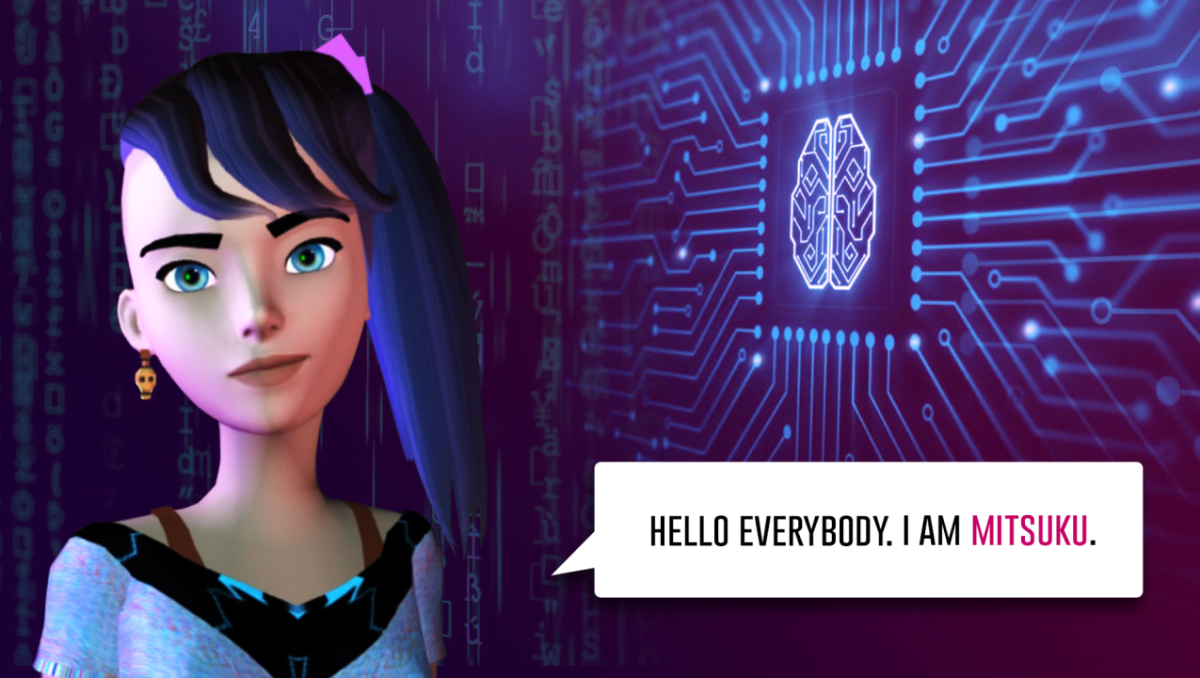Digital Humans represent a new frontier in the constantly changing field of artificial intelligence that will revolutionize our digital relationships. An important advancement in human-computer interaction, these AI-powered virtual characters provide experiences so lifelike that the digital and real worlds merge.
Advanced virtual beings that have been painstakingly created to mimic human appearance, behavior, and interaction patterns are known as “digital humans.” These advanced avatars combine the best aspects of 3D modeling, artificial intelligence, and emotion detection to create really engaging digital experiences that go beyond the limitations of simple chatbots and AI assistants.
They are useful in a variety of industries, including customer service, healthcare, education, and entertainment, so they are not merely amazing technological marvels. Their ability to understand context, recognize emotions, and respond with appropriate movements and facial expressions makes them excellent partners for businesses looking to provide customized, scalable interactions.
The Science Behind the Sorcery
The process of creating a digital person involves a complex dance between several technology layers, each of which blends in perfectly and plays a vital function. A modular architecture that separates different functional components for a cohesive overall performance is at the forefront.
With its lifelike 3D modeling, fluid speech synthesis, and dynamic text chat, the user interface represents the public face of the digital human. However, behind this captivating façade is an intricate network of backend technologies that painstakingly decipher human speech.
With machine learning algorithms for tailored and adaptable conversations and Natural Language Processing (NLP) for decoding human voice and writing, the intelligence layer serves as the cognitive foundation of the digital human. With the use of these features, the avatar may alter with every encounter, improving future replies by learning from previous interactions.
Digital humans rely on real-time data processing to keep their knowledge up to date and applicable. While state-of-the-art animation systems move their faces and bodies to provide depth to the interface, advanced voice technologies—both for synthesis and recognition—transform text into realistic speech and understand spoken orders.
The highlight is emotion recognition, which distinguishes digital people from their AI counterparts by giving them empathy. Because of their ability to sense and respond to human emotions, they are able to create encounters that feel really attentive and helpful.
The Journey from Blueprint to Reality
The process of creating a digital person is painstaking and begins with a clear understanding of its function. Companies must identify the target audience and specify the avatar’s function, such as customer service, medical consultations, or teaching.
In order to create hyper-realistic avatars with expressive expressions, suitable motions, and contextual settings that align with the brand and user expectations, 3D modeling experts and animation masters collaborate during the design process.
Iterative development takes place, and prototypes are thoroughly examined for accuracy and naturalness. Feedback serves as the compass for ongoing improvements, making sure that interactions are as realistic as possible.
Where They Fit in Our World
Digital people are already causing a stir in a number of areas thanks to their exceptional adaptability. They provide fundamental medical advice and expedite patient contacts in the healthcare industry. They facilitate training and act as virtual instructors in the field of education. They are the sympathetic faces of businesses when it comes to customer service, and they are available 24/7.
Through API integration, they connect to databases, external apps, and customer relationship management systems, allowing them to access relevant data and automate processes like reminders and appointment scheduling.
The Road Ahead
Different infrastructure approaches, such as scalable cloud platforms, secure on-site servers, or edge computing for quick reaction times, can be used for the digital human deployment. Real-time analytics monitor user involvement closely and provide insights that help users perform better over time.
Digital human design places a strong emphasis on accessibility, making sure that tools like voice commands, text-to-speech, and subtitle support successfully serve all users. Their usefulness and attractiveness are increased by this user-centric strategy.
The Transformation of Digital Engagement
Digital people represent a paradigm change toward more human-like digital interactions as well as a technological milestone. AI and emotional intelligence are developing together, giving businesses the ability to create individualized, emotionally intelligent digital experiences.
Digital humans will likely become more complex in the near future, and their interactions will eventually resemble those of real people. Industries including entertainment, education, healthcare, and customer service will probably change as a result of this transition, creating new opportunities for meaningful digital interaction.
Voice commands and text-based communication are no longer the only ways that humans and AI will interact in the future. With their ability to provide empathy, comprehension, and real relationships to our digital lives, digital humans are the next big thing. The line between digital and human connection will eventually be almost eliminated as companies adopt and improve these technologies.
Reach out to us at open-innovator@quotients.com or drop us a line to delve into the transformative potential of groundbreaking technologies. We’d love to explore the possibilities with you









